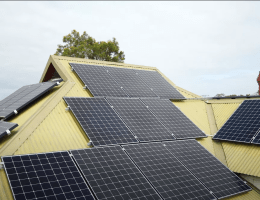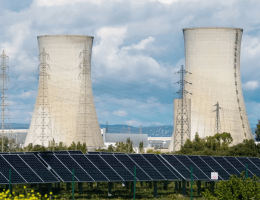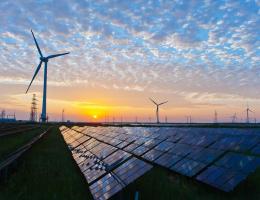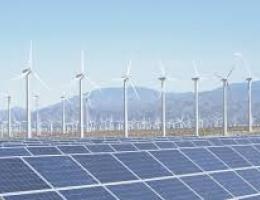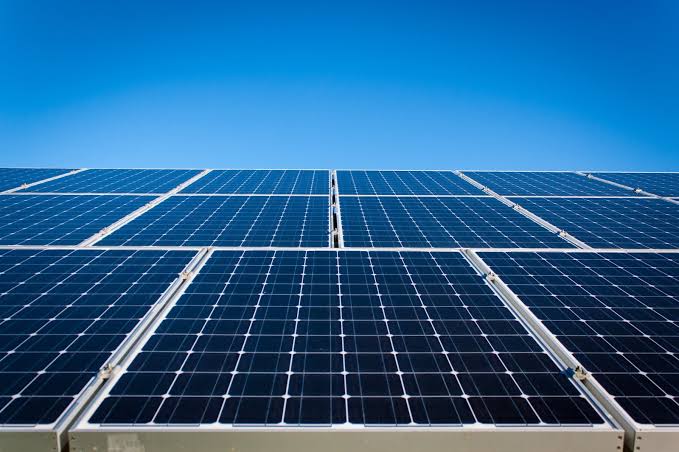
Factors to consider when choosing your solar system
So you want to go solar and save your hard earned money by generating your own power instead of making a quarterly donation it to the power companies, who only ever seem to raise power prices.
But when you go to buy a solar system you are confronted with a dizzying array of panel types and inverter choices, there is a lot of jargon and new words (that are rarely defined). It is enough to send you round the bend or even worse back into the arms of the greedy power companies. What you need is a clear and simple explanation of what your choices are (in English not technobabble) and that is exactly what this article aims to do.
Solar panels, which brands can you trust
The easiest and simplest way to tell if you can trust a solar panel being offered to you is the length of the warranty; if the manufacturer has faith in their product they will offer you a long warranty with some solar panel companies (i.e. Sunpower) offering 25 year warranties. They should also give you a guarantee on the solar panel output after a set time, say 25 years. So say, for example, they put in writing that performance (i.e. panel output) will not decline by more than 8% after 25 years (so a 100 W panel will put out 92W after 25 years) you can be sure that what you are buying is extremely well made.
You will of course be offered cheaper panels with a shorter warranty and performance guarantee, and that might be what you are after, but you should expect that you system will produce less power over time; usually system performance drops by 20%+ after 25 years which is a reasonable timeline to measure the performance of a solar panel.
What are the other things to look for in a solar panel
Here are some of the key factors to look for in a solar panel and what they mean:
- Efficiency: the higher the panel efficiency the less panel area you will need to get the same system output (an important consideration if you have a small roof as modern high efficiency panels let you produce a lot of power in a small space).
- Panel output: related to efficiency the panel output will tell you the nominal power (i.e. the power produced with a sunlight intensity of 1000W/m2 and a panel temp of 25 C) produced by your solar panels. The best commercial panels (as at 2019) produce 400 W in a very standard panel size (1690 mm Length and 1046 mm Width).
- Do the panels work in partial shade?: Some solar panels will practically stop working if they are partially shaded and if enough panels are shaded you might lose power to an entire string (panels are usually wired together in groups of 7-13). Clearly this is not a problem for all roofs but if you have a partially shaded roof (or shaded for part of the day) the last thing you want is to lose a lot of production if one panel is partially shaded. Certain panels work well even if partially shaded, so if shade is an issue on your roof make sure these are the panels you install.
How do you choose an inverter?
Inverters convert solar power from your panels which is direct current (DC), the type of power produced by batteries, into alternating current (AC), the type of current that comes out of the a power socket in your home. The current needs to be AC so it will work with your appliances and be fed into the grid, hence the need for an inverter. The typical inverter is called a string inverter and receives DC power from strings of panels (each inverter can handle multiple strings of solar panels where a string of panels faces in the same direction i.e. north); we will discuss the other inverter options, micro-inverters and optimisers, later.
Like solar panels the product warranty will give you a good idea of which inverter is good quality and which aren't (the better ones have a 5 year standard warranty and 10 year + extended warranties) but what about the other factors you need to consider.
Here are the other main factors to consider when buying an inverter:
- Inverter size or capacity: Inverters are usually specified with a maximum power output (typically 3,4,5,6, 8 or 10 kW) so depending on your power needs you will need to consider what size inverter is right for you. 1 kW is about the amount of power needed to power a vacuum cleaner. If you have high power demands and want to be energy independent a 10 kW inverter is the size you would be looking at.
- Is the inverter battery ready (not just battery capable): Most inverters require an additional battery inverter to be compatible with batteries (some inverters have an inbuilt battery inverter but most don't), this is because the battery part of the system needs to output alternating current (AC) to connect to the solar part of the system. The good news here is that the Tesla Powerwall 2 is compatible with all existing solar systems as it has an inbuilt battery inverter. So if you want batteries other than the Powerwall 2 you will either need a battery inverter or an inverter with built in battery inverter (there are not many of these on the market at the moment).
- Does the inverter have 'advanced grid features': advanced grid features refer to the ability of the inverter to check the 'health' or quality of grid supplied electricity and reacts to help stabilise grid power parameters such as frequency and voltage (which must meet certain standards) in the future these advanced grid features may be required by distributors if there is a high concentration of household solar in your area.
- Does it support grid export limiting: all distributors in Australia have a maximum amount of power you are allowed to export to the grid (note: three phase power has a limit per phase and so can export 3 times the power of single phase power). That means if you have a large solar system say 30 kW and want to connect to the grid (with a 10 kW export limit) you need an inverter with grid limiting capability (sometimes called zero feed-in) to throttle back exports when you hit 10 kW.
What about micro inverters
Micro inverters are mini inverters that attach to each solar panel and provide AC power to the grid from the panel, rather than from a more traditional centralised inverter (i.e. the typical inverter) while they are more expensive than normal inverter they have the following benefits:
- They last longer (15-25 years).
- They scale to any size system.
- They suit roofs that are very complex i.e. gabled roofs (with sections facing north, east, south and west) and with patchy shading.
What about optimisers
Panel optimisers are like micro-inverters but cheaper, they don't convert the panel output to AC from the panel but they do condition the DC power from the panels before it is sent to the inverter; so that each panels output is optimised for maximum overall power production. They also work well for complex roofs with shade and roofs facing multiple directions. Disadvantages optimisers have when compared with micro-inverters are: less flexible (in terms of design and adding additional panels) less robust (their expected life is shorter).
So there you have it, this information should allow you to get the solar system that is right for you (and ask the right questions of your installer) when you decide to stop donating money to power companies and keep that money in your own pocket.

